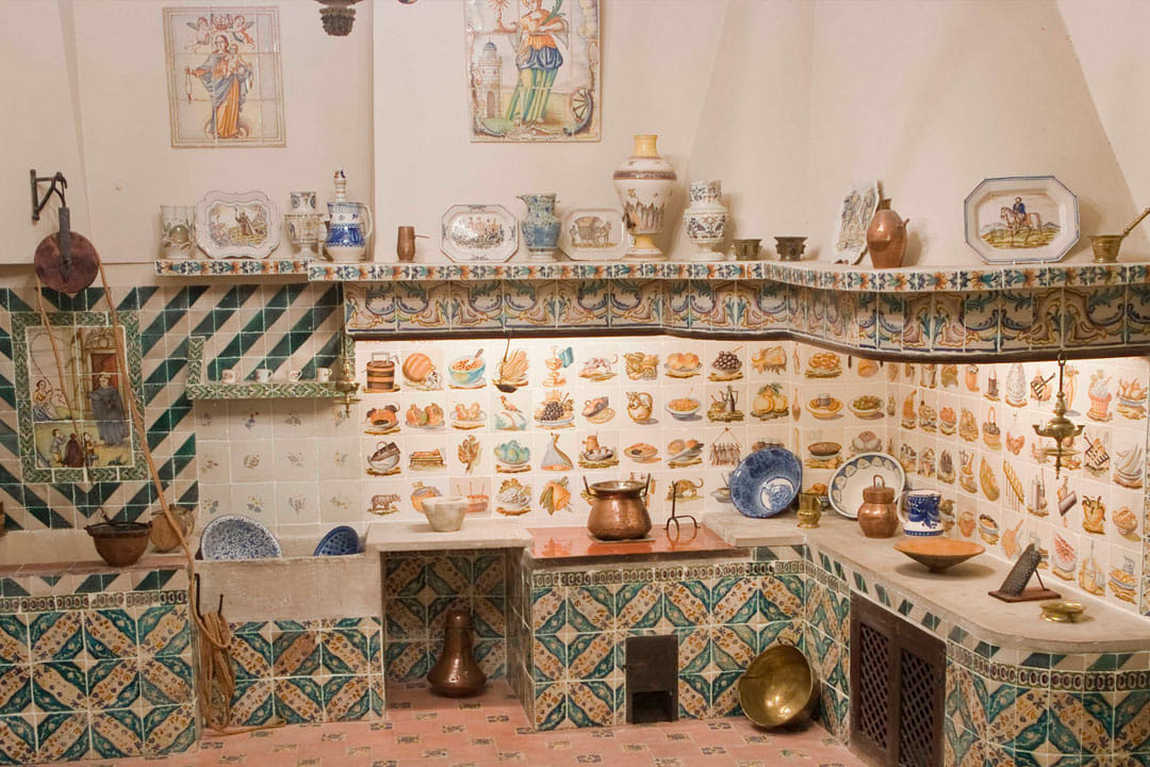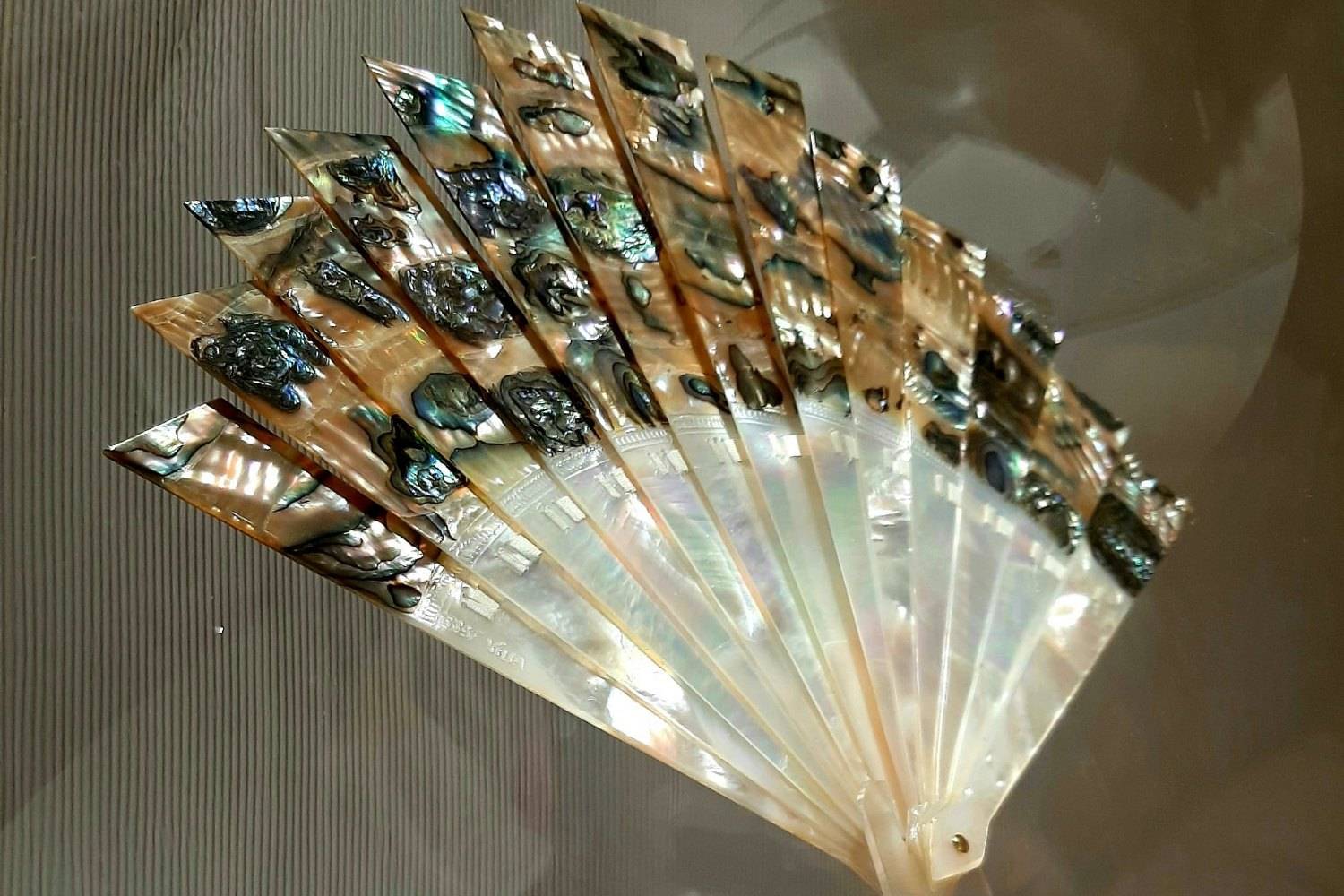How does Valencia keep up with the times while simultaneously cherishing the old values? Luxurious structures built several centuries ago are in no way inferior to the modern architecture of the City of Arts and Sciences. One of these buildings is the Palace of the Marqués de Dos Aguas, a remarkable example of Baroque architecture. You can look at its facade for a long time, reminiscent of skilful ivory carving. However, still, tourists usually tend to get inside to see the collection of the National Museum of Ceramics. If, during excursions around Valencia, a child often stops in front of pictures laid out with azulejos tiles, he will also like this museum.

As is often the case, the basis of the exposition was a private collection. Professor Manuel Gonzalez Marti has been collecting unique samples of ceramics for many years, as well as national clothes, paintings, sculptures, furniture, and books. In 1949, the Spanish authorities purchased the Palace of the Marquises of Dos Aguas to house the collection of González Martí, and in 1954 the Museum of Ceramics of Valencia began its work.
When did ceramics appear? Even primitive people noticed that clay that has been fired becomes durable, does not get wet in water and is not afraid of fire. Over time, clay products became more and more complex, and the pattern on them became more and more refined. These metamorphoses are well-traced in the halls of the museum. Here are samples of dishes of primitive people, ancient Greek amphoras and lekythos, medieval plates and tiles with multi-colour painting, porcelain vases and figurines of the 18th-19th century, and original works of masters of the 20th century. Among the latter is a composition created by Pablo Picasso and donated by him to the Museum of Ceramics named after Gonzalez Marti.
It is exciting to consider azulejos. From the point of view of researchers, the pictures on ceramic tiles are not just decor — they tell about people's lives, life and traditions, and important moments in history.
In addition to clay products, the Museo Nacional de Ceramica "Gonzalez Marti" showcases other antiques. In some palace halls, the decoration has been restored, and the furnishings have been reproduced. You can see on which sofas the dancers rested in the ballroom, at which table the card players sat, and what furniture appeared in the 18th-19th century, when Europe was swept by a fascination with oriental traditions. You can also see carriages, chests, massive clocks, interior decorations, and more.
A separate exhibition is devoted to the clothes worn by the inhabitants of Valencia several centuries ago. In addition to national costumes, clothes that were once considered fashionable are presented. Dresses which girls flaunted 200 years ago still look very representative today, and handbags and silk stoles can cause envy among modern fashionistas. In the same section, you can see tapestries of incredible beauty.
The museum also has a section of paintings and sculptures. It is worth paying the attention of children to the nativity scene (or “belen”, as they call it in Spain), consisting of 29 figures.











